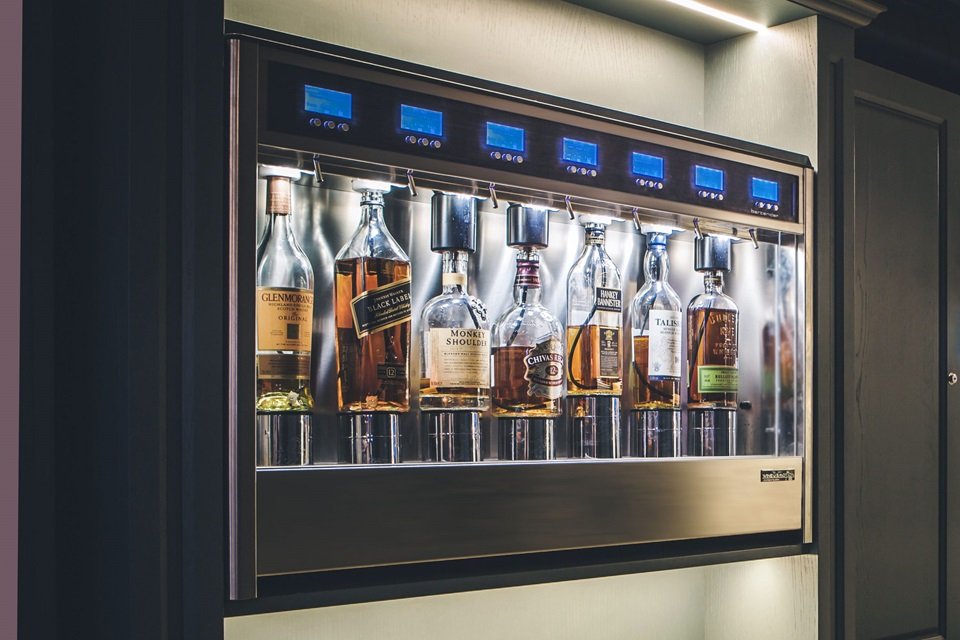The alcohol vending machine has taken over beverage retailing almost to the point of obscuring bars. It is easy to see the role of alcohol vending machines in improved service delivery in entertainment joints. Since these vending machines became legal in Australia, they have evolved to cater to custom cravings. Most use AI to automate many functions of the hospitality industry.
How Vending Machines Help Buying and Selling of Alcohol
Alcohol vending machines provide 24/7 access to gratification. Bars have not lost their place completely since a vending machine has yet to replace the mesmerising mixologist or the calming chat with the attentive bartender. Fortunately, the machine is just an addition to the convivial bar for some establishments.
Still, automation has made its indelible on the beverage industry with the alcohol vending machine. It tracks inventory, controls customer alcohol consumption, and restricts underage drinking. The machines offer faster service with ready-to-drink beverages.
See below how alcohol vending machines work:
Verification of Customer’s Age
Alcohol vending machines have age verification software. It is a legal requirement that establishments verify that their customers have reached the minimum permissible age to consume alcoholic drinks. The vending machines have an ID scanning system that sometimes requires signing up at the bar or remotely. The software also collects credit card details to process payments.
After signing up, the customer only shows their face to the vendor machine scanner, whose technology matches the facial biometrics to their age and identity for ID verification. Then, it dispenses the drink and charges it directly to the ID card in the database.
Controls were built into some machines to track and limit the number of drinks customers can consume. It cuts off dispensing to an identified customer after a certain number of drinks. Though the owners may complain of curtailed sales, the vending promotes responsible dispensing of alcohol and drinking. It also affects bartenders’ wages since it does not give tips.
Selecting the Drink
The machine has several drink varieties and presents the list on a touchscreen interface. It displays the products’ prices, information, restrictions, and special promotions. Sometimes, this information serves as an advertisement and can boost sales. The customer interacts with the user interface to select the drinks of choice. Some vending machines dispense non-alcoholic beverages as well.
Making the Payment
The user makes the payment after selecting the drink. Most vending machines integrate a credit card identification option in the ID verification biometrics software to ease the processing of payments. The machines also accept cash and mobile payments through contactless payments or mobile wallets. Some use QR code scanning, making transactions safe and convenient.
Dispensing
Once the customer completes the payment process, the vending machine retrieves the purchased product from the relevant compartment, often refrigerated, and delivers it to the buyer. The vending machine has a regulated option for keeping the drinks at a specific temperature. That makes the machine reliable in ensuring that revellers receive their cocktails at the right temperature. However, the vending machines lack the specialty drinks option.
Other Enhancements
Vending machines have additional security features such as surveillance cameras and other features depending on the legal requirements of the jurisdiction of operation. Some vending machines have sensors for remote monitoring. They allow operators to monitor inventory for restocking.
The sensors also analyse their efficiency and status and the need for its maintenance. They are energy-efficient appliances that use low-power mode and LED lighting, reducing operation costs.
Conclusion
Alcohol vending machines are vehicles of convenience and efficiency in the beverage sales industry. They collect data analytics concerning relevant product pricing, demand tracking, and purchasing patterns that shape decision-making.







